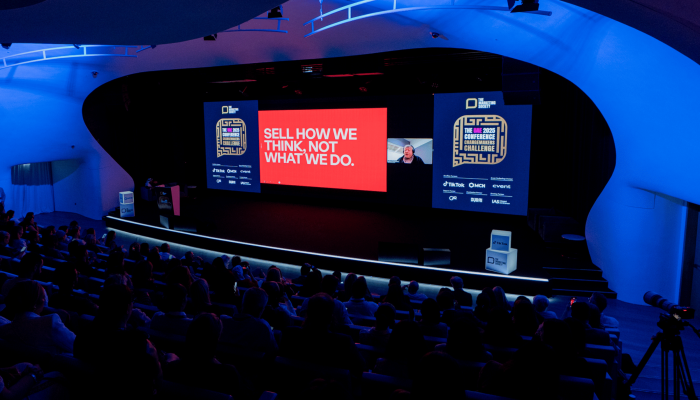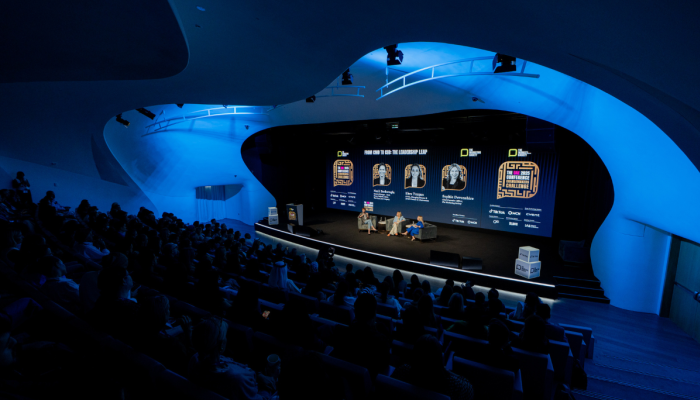With all this talk about content all around us, what does “content” mean? Whenever I’ve asked that question, no one seems to have a ready and definitive answer.
So, here’s my attempt at answering it (indulge me…): “content” comes from the feeling of being content. As an adjective, it means “a state of happiness” and as a verb, it implies “satisfying someone”. So, as long as an audio or a visual object satisfies or makes someone happy, that’s “content”! And we need to keep that meaning broad enough, so we don’t fall into the lazy habit of defining content by formats such as videos, memes or posts.
Easy, right?
Well, our industry has some way to go. And it should make us feel a little angry and peeved off. I definitely am! That inner, seething rage heightened as I spent the most eye-opening 20 minutes with David, a taxi driver at Cannes, in 2015, on my way from the airport at Nice to the hotel.
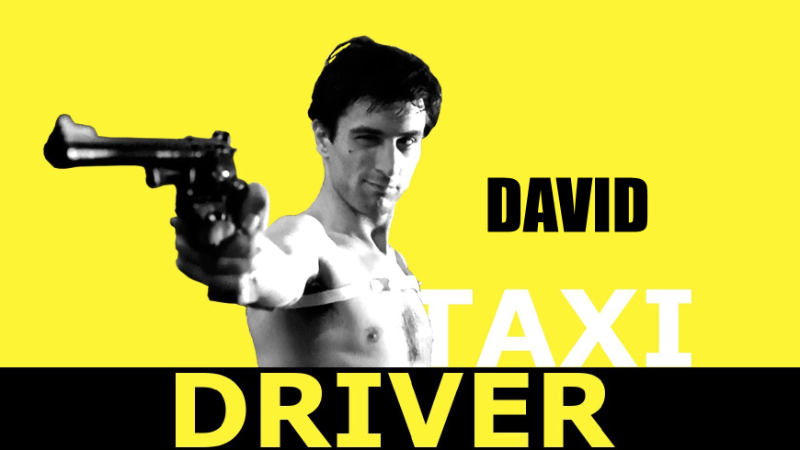
(Yes, I know that's not the real David! But he did resemble Robert De Niro.)
I got into a conversation with David, much like I do with taxi drivers (who are more insightful than most strategists). I spoke with him about what I do and why I was headed to Cannes. When I spoke with David about Cannes Lions and the work that was deemed to win the Grands Prix and the Titanium Lions at the Cannes Lions Festival for Creativity, he had no clue about those ideas!
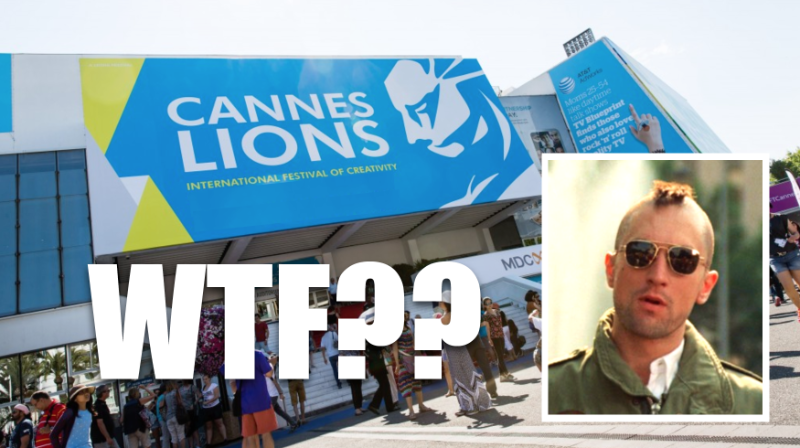
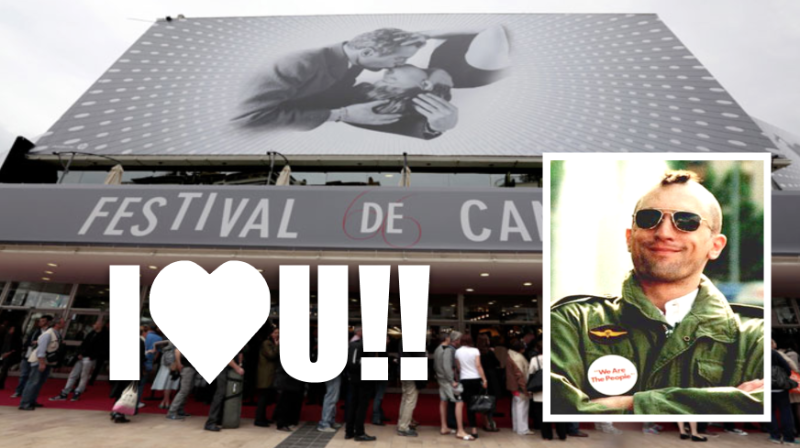
But, when I asked him about the films at the Cannes Film Festival and beyond, he knew a lot more about a lot of movies playing at the festival as well as those releasing worldwide in 2015.
And that’s the naked truth - we have a lot to learn from movies about being creative with our content.
Movies like Deadpool are content and marketing master-classes. As a character, before the movie came out to the masses, Deadpool was a B-grade superhero. No way was he in the league of Superman, Batman, Spiderman, The Hulk, Iron Man or Captain America. Very few people knew of him. And as a product, although the movie was fun, by no means was it a classic you’d re-watch. However, it rocked the box office and made Deadpool loved by comic book as well as non-comic book fans, because of the buzz generated by its content marketing before and after launch.
For instance, they produced outdoor ads with the “DEAD+POO+L” emojis that went viral (genuinely!). They created fake-out ads targeting wives and girlfriends on Valentine’s Day by faux-packaging Deadpool as a romantic movie! They targeted typical moments such as Mother’s Day on social media with typical Deadpool smarminess. They launched an enormously useful (and hilarious) PSA video about testicular cancer for Movember. They created a Deadpool emojis library. And they also got Deadpool to seek “companionships” on Tinder. The content consistently reinforced the brand’s idea and attitude over months, as they carpet-bombed R-rated-eligible moviegoers (even if they didn’t like superhero movies) with a never-ending siege of ‘questionable’ humour, through every possible media that a moviegoer would visit or be exposed to. And therein, lay its genius. They made over US$850 million for a total budget of around US$56 million. How’s that for an ROI?
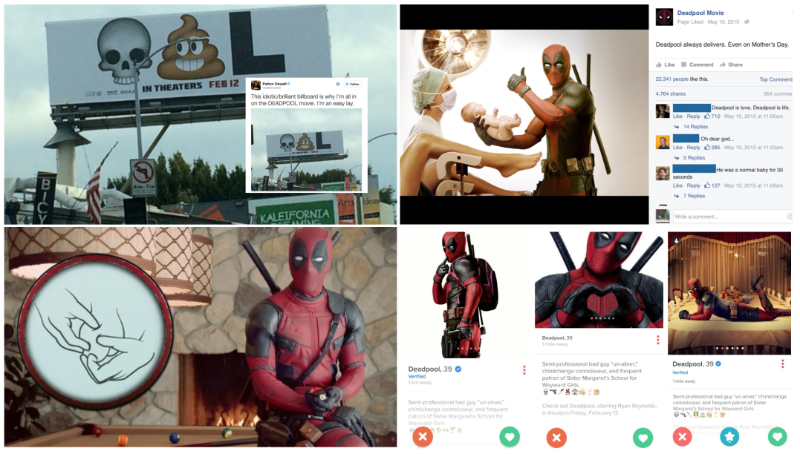
J.J. Abrams played a blinder with Star Wars Episode VII, using the powers of nostalgia and mystery coupled with transmedia short-form and long-form content, to make The Force Awakens (again by no means a masterclass in movie-making), one of the most watched Star Wars movies of all-time.
The Lego Movie is an adventure for kids but it also makes Lego appealing to the adults who hold the purse strings. It proves how creativity and marketing can be so much more effective when it is an actual “thing” instead of just the “the thing selling the thing.”
Through its “Missadventure” series, starring Anna Kendrick, Kat Dennings, Marisa Tomei and others, Kate Spade New York created content that people watch like a TV series.
There’s a lot that we can also learn from politics about creative content!
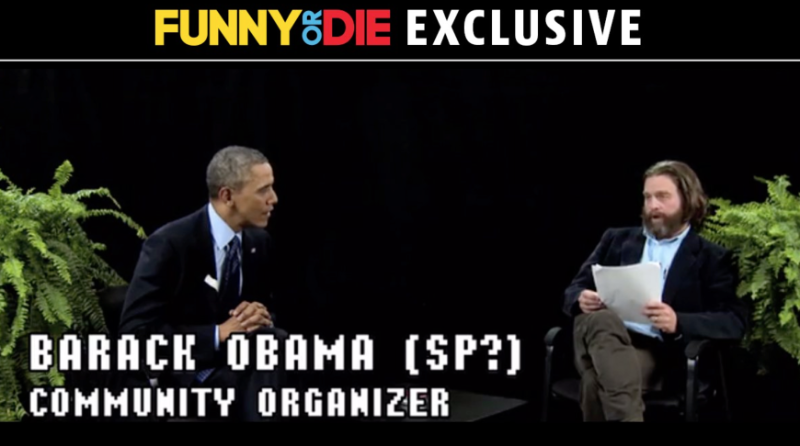
When President Obama faced challenges selling his Affordable Healthcare Plan, he didn’t implement a conventional campaign. He went on Funny or Die. It was hilarious, broke the ice and made people more favourable towards his plan – and towards him.
Let’s talk about Pope Francis. He came into the office at a very tough time for the “brand” as there was a lot of unfortunate PR around the paychecks of bishops, around abuse, etc. And this man turned it all around. He was spotted feeding the poor in the middle of the night. He was even spotted washing the feet of Muslim refugees. The photos were sent to media. He acted like a modern-day CEO who was acting to solve problems and ensuring people knew about it. He ended up also being the first religious leader to be featured as “Person of the Year” in The Advocate Magazine, an LGBT publication.

If a President of the United States and a renowned religious leader can be that daring with their creativity in marketing their own brands, and be fast at it, why can’t marketing heads and their agencies?
So, in short, entertainment and dare outwin advertisements and conventional content. And it’s time for us to quit thinking like ad or media or PR or digital-social agencies, and instead think like movie, TV or political content creators.
By doing so, hopefully, we’ll impress David the next time I bump into him in a taxi, plus billions like him who don’t watch our case study videos.
By Tahaab Rais, Dubai based regional head of strategy and MENA truth central director at FP7/MENA (A part of McCann Worldgroup).


